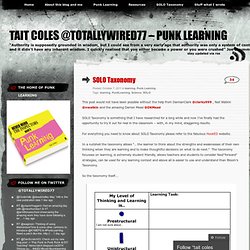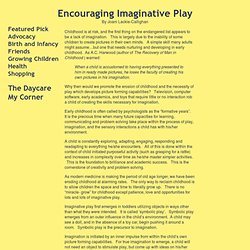

Mindset Works®: Student Motivation through a Growth Mindset, by Carol Dweck, Ph.D. Mindset Works®: Student Motivation through a Growth Mindset, by Carol Dweck, Ph.D. Resource: 30 Circles – Creativity Challenge. It's always good to have a few new activities up your sleeve to keep the creativity juices flowing, and this activity spotted on the Harvard Business Review blog is great for creative thinking in adults or children within any educational setting.

Here is the idea, by Tom Kelley and David Kelley: Click here to download a PDF version for printing. It’s a great warm-up and also highlights the balance between fluency (the speed and quantity of ideas) and flexibility (how different or divergent they are). TOOL: 30 Circles PARTICIPANTS: Solo or groups of any size TIME: 3 minutes, plus discussion SUPPLIES: Pen and a piece of paper (per person) with 30 blank circles on it of approximately the same size. Give each participant one 30 Circles sheet of paper and something to draw with.Ask them to turn as many of the blank circles as possible into recognizable objects in three minutes.Compare results. Look for the quantity or fluency of ideas. Original idea, plus visual example available from here. SOLO Taxonomy. This post would not have been possible without the help from DamianClark @clarky099 , Neil Watkin @nwatkin and the amazing Darren Mead @DKMead SOLO Taxonomy is something that I have researched for a long while and now I’ve finally had the opportunity to try it out for real in the classroom – with, in my mind, staggering results.

For everything you need to know about SOLO Taxonomy please refer to the fabulous HookED website. In a nutshell the taxonomy allows “.. the learner to think about the strengths and weaknesses of their own thinking when they are learning and to make thoughtful decisions on what to do next.” The taxonomy focusses on learning, is extremely student friendly, allows teachers and students to consider feed”forward” strategies, can be used for any learning context and above all is easier to use and understand than Bloom’s Taxonomy.
So the taxonomy itself…. I trialled the use of SOLO Taxonomy with a “middle ability” (I hate that phrase!) These were their results…. Creating a Google Site. The 5 Minute ‘Oops’-based Lesson Plan. DOWNLOAD the 5 MINUTE ‘OOPS’-BASED LESSON PLAN. HI THERE… Chances are, you might have come across this page through a Google search for the Five-Minute Lesson Plan. We get a lot of visitors to the website that come particularly for this article… Don’t just bounce away once you’re done. Take a look at our creative teaching resources — if you’re an ideas-person, looking for creative resources that are quite unlike anything else out there, you’ve come to the right place.
We’ll get on well! Do have a browse once you’ve got what you need from this page… THE ORIGINAL FIVE MINUTE PLAN If you haven’t come across @TeacherToolkit’s hugely popular, original 5 minute lesson plan, it’s well worth downloading and trying out (you can get the original here). This explanation of the 5 Minute Lesson Plan in an outstanding lesson was later posted by @TeacherToolkit and his plan has since proved incredibly popular with teachers. Teacher & Student Planners.
Encouraging Imaginative Play. Childhood is at risk, and the first thing on the endangered list appears to be a lack of imagination.

This is largely due to the inability of some children to create pictures in their own minds. A simple skill many adults might assume…but one that needs nurturing and developing in early childhood. As A.C. Harwood (author of The Recovery of Man in Childhood ) warned: When a child is accustomed to having everything presented to him in ready made pictures, he loses the faculty of creating his own pictures in his imagination. Why then would we promote the erosion of childhood and the necessity of play which develops picture forming capabilities? Early childhood is often called by psychologists as the “formative years”. A child is constantly exploring, adapting, engaging, responding and readapting to everything he/she encounters. Dylan Wiliam Webinar: Understanding Formative Assessment & Why it Needs to Be a Priority for Every School.
02/08/12 - Plenary Lunch with Dylan Wiliam, San Antonio SCASS. 02/08/12 - Plenary Lunch with Dylan Wiliam, San Antonio SCASS Part 2. Learning Styles Don't Exist. Questioning techniques. Pedagoo.org. Merlin John Online. Bloom's Digital Taxonomy. TEDucation - Full On Learning reflections on www.TED.com talks. How We Learn What We Learn. Kvnmcl : Is your headteacher a leader... Developing Questions for Critical Thinking.
Educationalreading - home. Www.pearsoncpl.com/wp-content/uploads/2011/10/Tweeting-for-teachers.pdf.